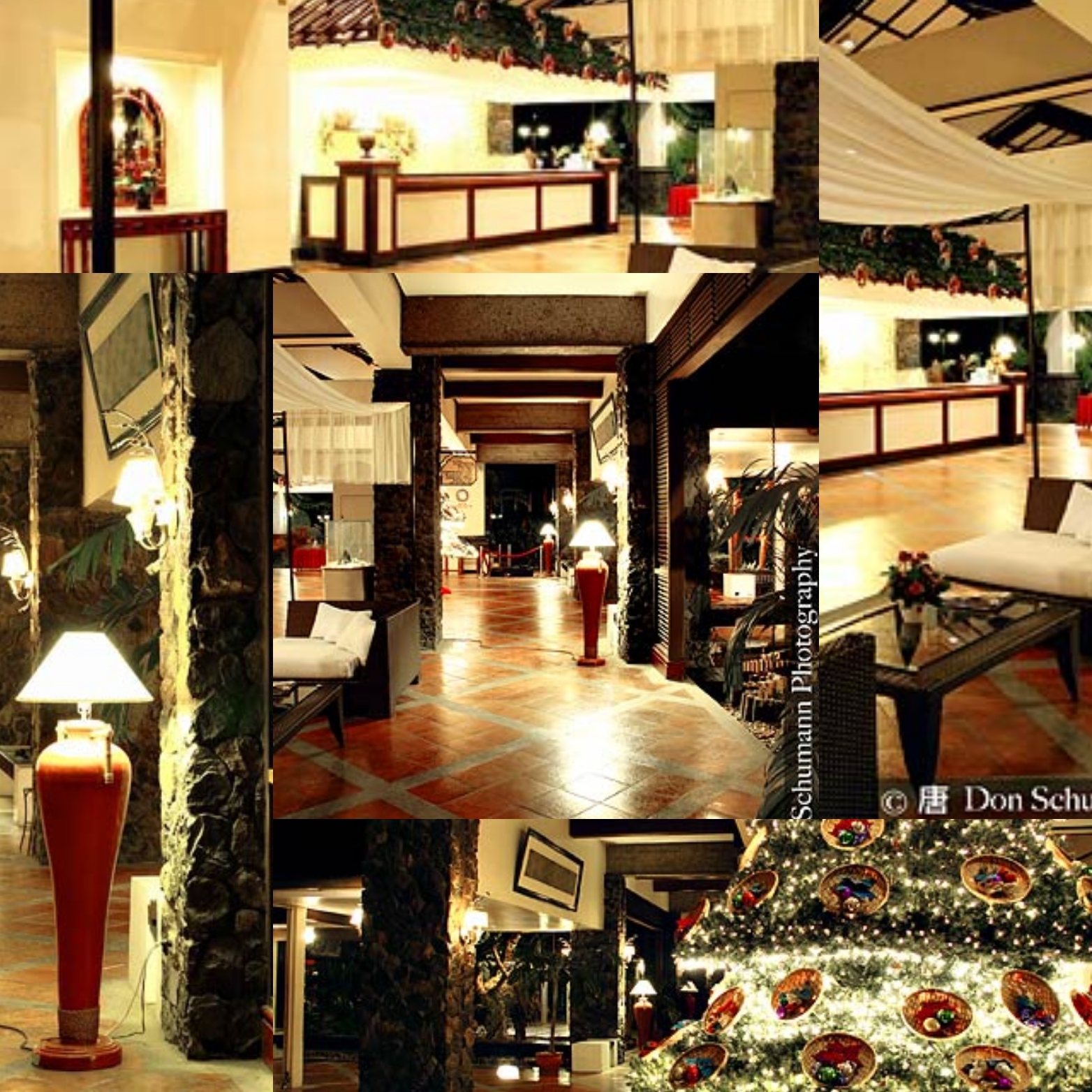Hội An Japanese Bridge

Chùa cầu
As a symbolic gesture of peace the Zen-inspired bridge was originally constructed to connect the Japanese community with the Chinese quarter
Hội An (會安) translates as "peaceful meeting place". In English and other European languages, the town was known historically as Faifo. This word is derived from Vietnamese Hội An phố (the town of Hội An), which was shortened to "Hoi-pho", and then to "Faifo".
The former harbor town of the Cham at the estuary of the Thu Bồn River was an important Vietnamese trading center in the 16th and 17th centuries, where Chinese from various provinces as well as Japanese, Dutch and Indians settled. During this period of the China trade, the historic riverside town of Hội An, was called Hai Pho (Seaside Town) in Vietnamese.
Originally, Hai Pho was a divided town with the Japanese settlement across the "Japanese Bridge" (built around in the early 1600s). It is considered the most famous Japanese bridge in Vietnam, named Chùa cầu, is a unique covered structure built by the Japanese, the only known covered bridge with a Buddhist pagoda attached to one side. However, the builder of the bridge still remains anonymous.










Comments
Post a Comment